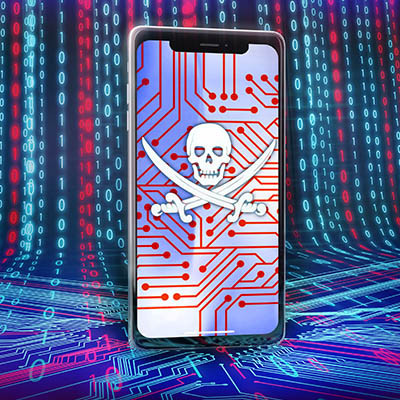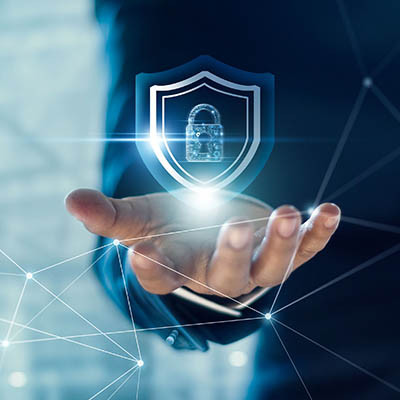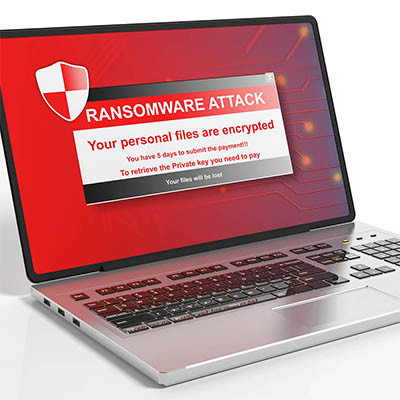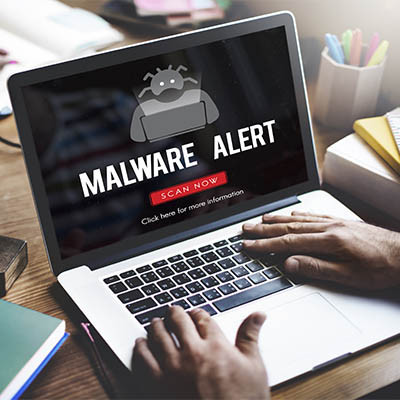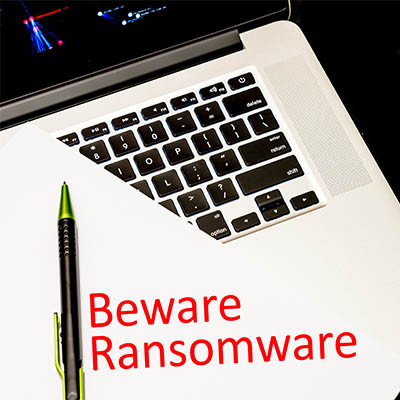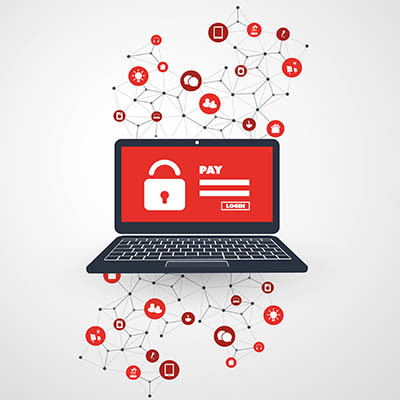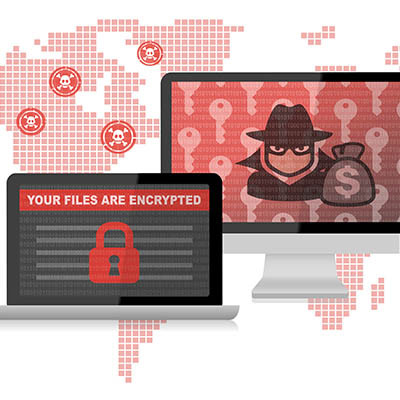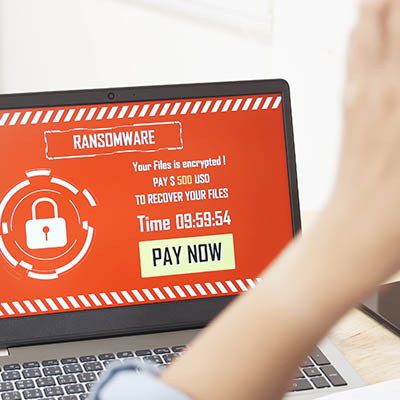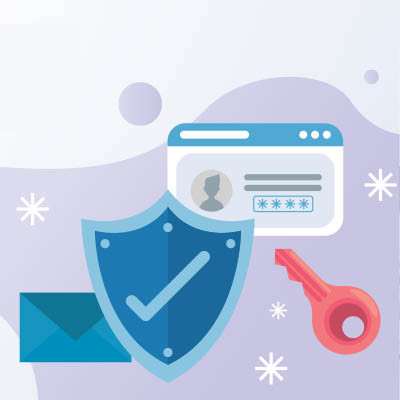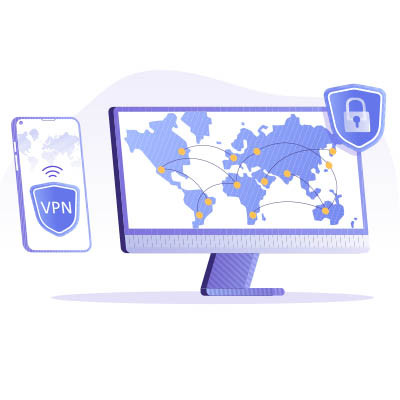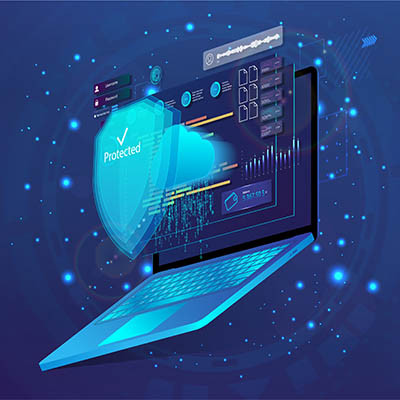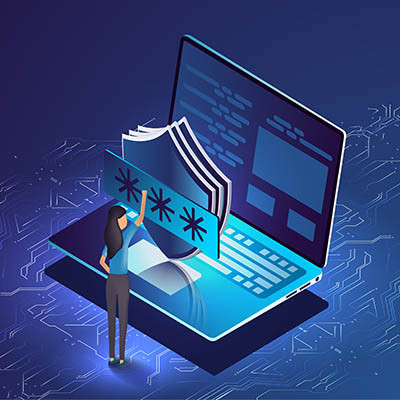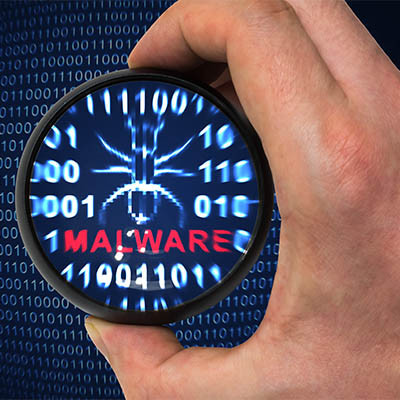Do you remember the series of high-profile infrastructure attacks that occurred not so long ago this year? Well, now the United States government is taking matters into its own hands by ordering the patching of various vulnerabilities in affected systems. It’s a massive effort to thwart hackers and other cyberthreats from taking root in vulnerable systems.
Phantom Technology Solutions Blog
Smart devices have enabled individuals and businesses to push the limits of connectivity, allowing them to have unprecedented amounts of control over their offices and homes. People can turn down their thermostats or lock the front door with the click of a button, as well as control how much power their homes consume. However, security is a pain point for these types of connected devices.
There is such a heavy focus on malware that targets desktop PCs, laptops, and servers, but there are mobile malware types too, one of which is TangleBot, a pesky malware that hits the Android operating system. This particular threat is dangerous due to the increasing reliance on mobile technology in today’s workplace.
When it comes to your network security, there is a lot your company can do to take it seriously. However, one thing that a lot of organizations neglect is actively monitoring their networks for things that don’t quite make sense. Why is it so important to monitor your network, and how can you make sure that it happens in a way that is proactive for your company?
Incorrect configurations on your infrastructure’s hardware are surprisingly easy mistakes to make, and even worse, they can have severe security ramifications if they are not discovered promptly. It can happen to anyone, as evidenced by a recent data leak. One of the most popular software developers out there, Microsoft, made a pretty nasty blunder with one particular setting that led to a huge data leak that could have exposed millions of records.
Ransomware is such a major problem for computing-dependent organizations that even government agencies are getting involved, equipping businesses and organizations with tools to help themselves identify whether or not they are at risk of these attacks. The most recent addition to this group, the United States’ Cybersecurity and Infrastructure Security Agency (CISA) have made their Ransomware Readiness Assessment, or RRA, available as part of its Cyber Security Awareness Toolset.
Phishing attacks are a major problem that all businesses must be prepared to handle. Sometimes it comes in the form of messages or web pages designed to steal information from your employees, but other times it might come in the form of phone calls asking for IP addresses or network credentials under the guise of your IT department. It’s especially important that your staff members understand how to identify these tricks, and it all starts with phishing training.
A new ransomware threat has surfaced, this time targeting unpatched and end-of-life products in SonicWall’s line of Secure Mobile Access (SMA) 100 series and Secure Remote Access (SRA) products. The threat is currently being exploited in the wild, so if you utilize these devices in your business, it is your responsibility to take action to mitigate damages caused by these ransomware attacks now.
Ransomware has been a scourge to businesses for years now, with it unfortunately experiencing a renaissance of sorts as the COVID-19 pandemic came to the fore. With increased phishing attacks and other means of spreading ransomware now taking advantage of the ongoing situation, it is all the more important that these attempts can be identified and mitigated.
Data breaches are an unfortunate reality that businesses have to contend with, but small businesses often do not give them the consideration that they deserve. It is critical that you consider security challenges and take these risks seriously. Let’s examine how you can overcome some of the many challenges that small businesses have with cybersecurity.
Countless high-profile ransomware attacks have surfaced over the past several years, all against targets like manufacturers, pipelines, hospitals, and utility companies. Obviously, these attacks are a cause for concern, but some small businesses might make the mistake of thinking themselves too small to target. Unfortunately, this is simply not the case; we’ll help you protect your business from these devastating cyberattacks.
Hackers are a crafty bunch. They will use any and all means to infiltrate businesses, including some that are downright shameful. One of the most devastating ways that hackers make these attempts is through the use of phishing attacks, or attacks where they essentially trick users to click on links in emails or hand over confidential information.
This past May, Ireland’s Health Service Executive—the organization responsible for providing healthcare and social services to the country’s residents—was successfully targeted by a major ransomware attack. Unfortunately, we are still talking about it now because the entire situation has forced us to acknowledge the aftereffects of such an event.
With so many accounts required on an everyday basis, it’s no surprise that people often struggle with passwords and password security. One way that individuals try to manage the countless passwords used on a daily basis while keeping them secure is through the use of password managers. What does a password manager do, and why should you consider implementing one for your business?
The COVID-19 pandemic forced many organizations to transition to online work, a notion that many businesses felt was previously out of the question. This transition came with its fair share of frustrations, but eventually businesses figured out that remote work offered various benefits. That said, one of the biggest issues also manifested, and was in the form of security.
It should come as no surprise that cybersecurity is an important consideration for a business, which means it is important that you are aware of how effective your security practices are. Evaluating this is best accomplished by testing your team and their preparedness… but how often should you do so?
Once again, ransomware strikes, this time targeting the world’s largest meat processor and distributor, JBS S.A. This disruptive cyberattack forced the company to suspend operations in both North America and Australia, a move which had devastating consequences to the supply chain. What can we learn from this situation?



